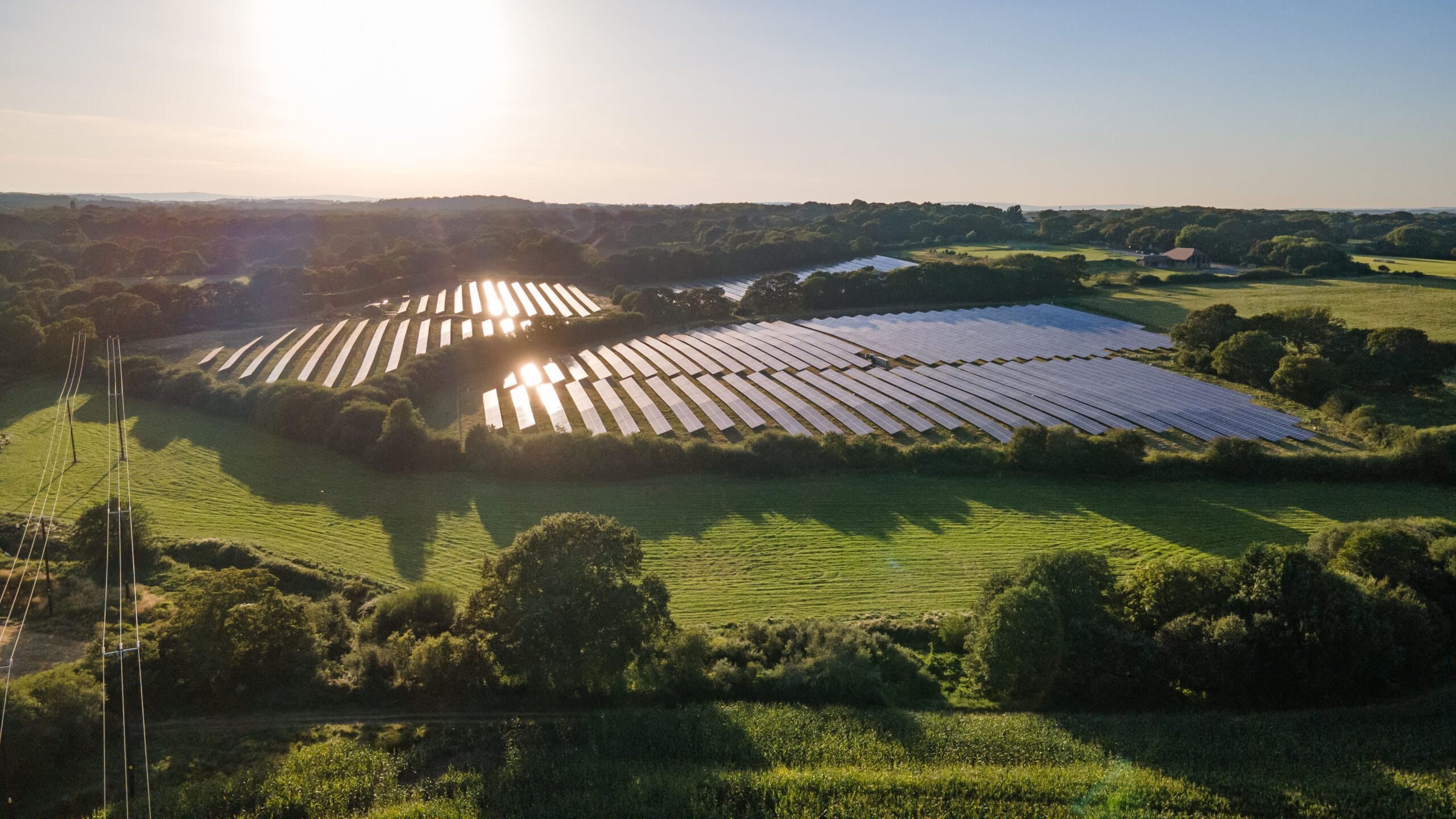Balancing competing needs for urban office first
Development on constrained, inner-city sites can accentuate the need to balance competing requirements. The priorities of the property developer, planning authority, Transport for London (TfL), future users and the local community all need to be satisfied, for successful execution of the project to deliver value to its myriad stakeholders.
In a recent commission, the added complexity of ongoing construction of a nearby scheme, two red routes adjacent to the site, and the temporary relocation of an electricity substation onto the public footway, all heightened the challenges for Motion’s project team.
Frasers Property UK was awarded planning consent for its first urban office scheme at the former Central House in Aldgate, London. The Rowe, on Whitechapel High Street, will deliver 15,000 square metres of flexible office space. According to Design Manager, Jake Walton, “This is an exciting milestone for Frasers Property. Situated between the City of London and the gateway to the East End, the new building will reflect the area’s creative heritage while contributing to its modern vibrancy, with contextual references throughout.”
Strong connections with decision makers
Motion supported the proposals with transport and travel planning, a construction access strategy, and delivery and servicing advice. The team also produced S278 enabling works highway designs for the temporary relocation of a UKPN electricity substation as well as the final public realm improvements, which involved pedestrian modelling and extensive negotiations with TfL.
Jake adds, “The Motion team leveraged strong connections with the various authorities. Their planners and engineers demonstrated they are able to get things moving by bringing together all of the relevant decision makers.”
 Motion’s delivery and servicing plan will minimise any disruption to traffic on the two red routes flanking the site. The project was also complicated by the construction of an adjacent hotel. Technical Director, Phil de Jongh, explains, “Servicing will need to be carried out from the back of the development to avoid any impact on the highway. The construction management plan also needed to ensure site traffic could flow freely without impacting on the nearby red routes.”
Motion’s delivery and servicing plan will minimise any disruption to traffic on the two red routes flanking the site. The project was also complicated by the construction of an adjacent hotel. Technical Director, Phil de Jongh, explains, “Servicing will need to be carried out from the back of the development to avoid any impact on the highway. The construction management plan also needed to ensure site traffic could flow freely without impacting on the nearby red routes.”
Local arts heritage
The development is located on the former site of the London Metropolitan University School of Art and Architecture. The new building will retain the original modernist 1960s façade, with the addition of a new six-storey extension which will double the interior floorspace. A ground floor café and retail area will provide opportunities for local businesses. The development enjoys good connectivity and transport links, and will run on renewable electricity. The offices have been designed for ‘new normal’ working practices, with Environment, Social and Governance (ESG) principles underpinning the project, from planning to build.
Image credit: © Recent Spaces
An abridged version of this article first appeared in the Winter 2021-22 edition of Insight.



